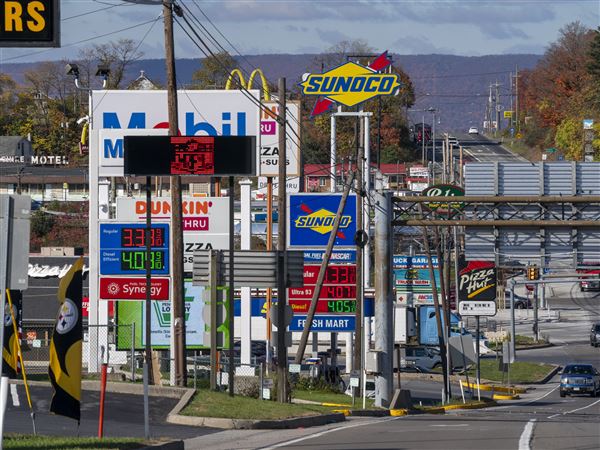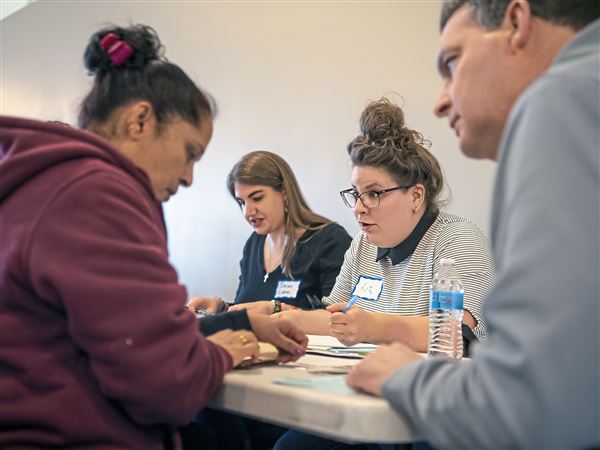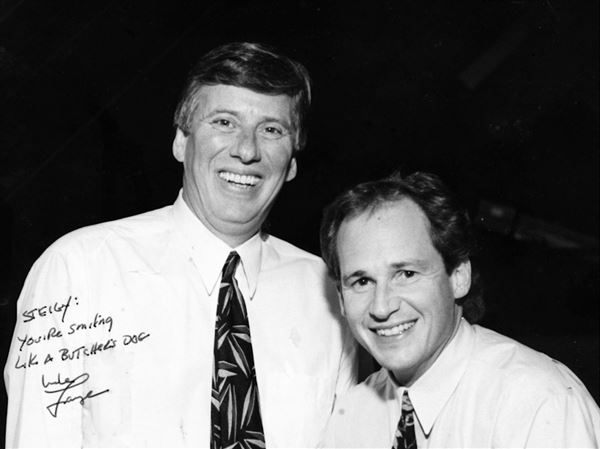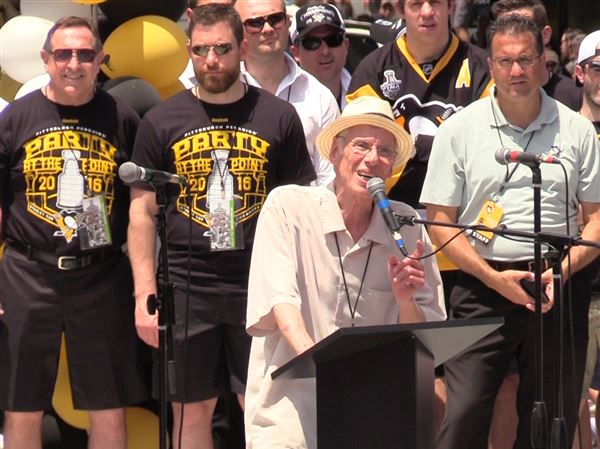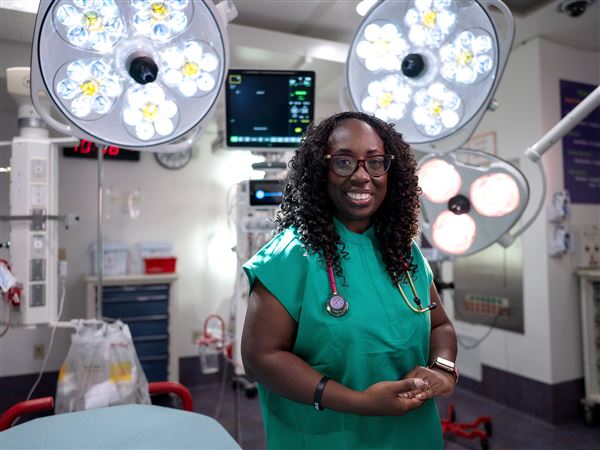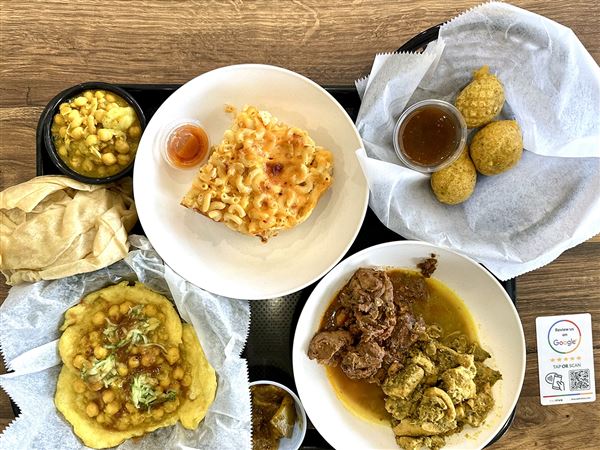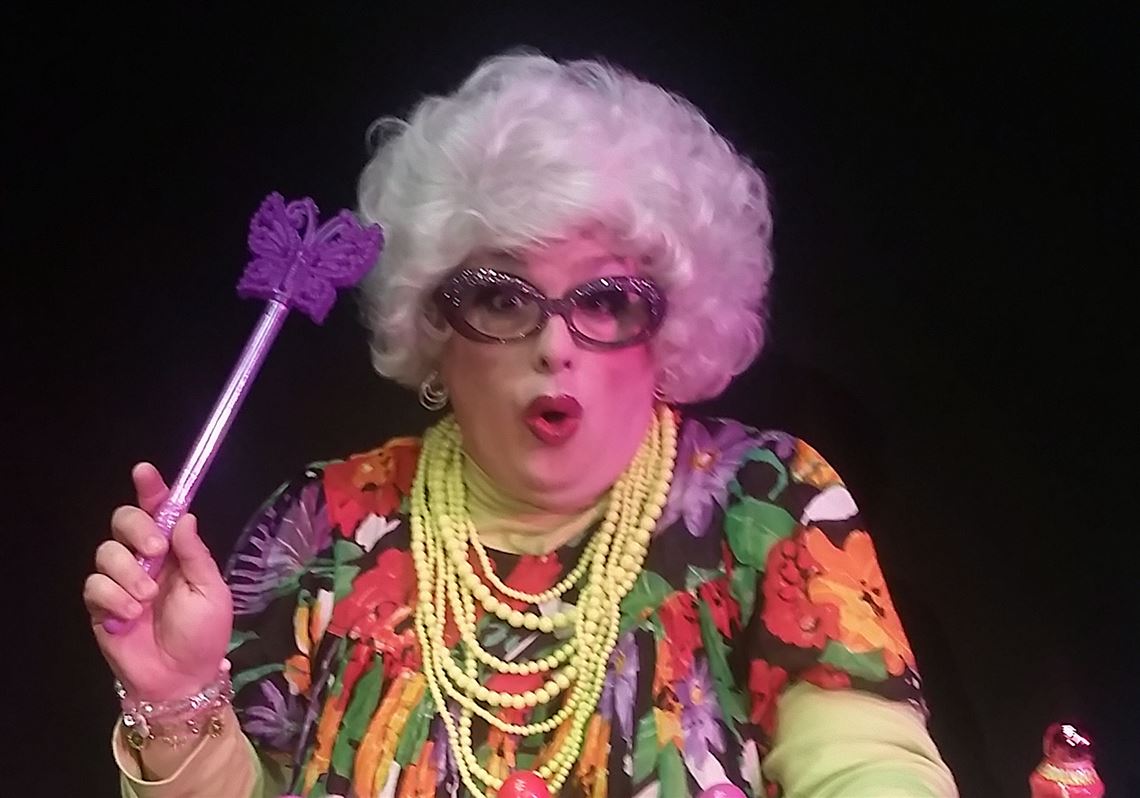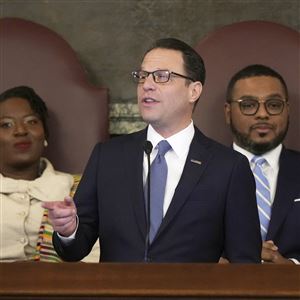When it comes to the Pittsburgh Fringe Festival, it’s easy to say when it is: Friday through Sunday.
It’s also pretty easy to say where: At four venues on the North Side.
But Fringe Festival is what?
That’s more difficult to say, even for someone who should know: executive director Xela Batchelder. She leads this year’s volunteer-run, nonprofit, three-day celebration of theater, comedy, visual art and more, the mission of which is “to support adventurous and exploratory performing artists by showcasing their uncensored artistic expression in a professional environment to equally adventurous audiences.”
One way she describes it is by the numbers, in that there are a record 33 shows and a total of 80 performances of them, plus. “It’s sort of the Netflix of performing theater,” she says. “You binge.”
And speaking of numbers: The audiences are smaller — some venues seat 20 — so not only do you have to act fast to get tickets, but you also might well find yourself part of act (including in the recently added performance of the first act of “Hamilton: American Musical”).
The performers themselves don’t have to go through any kind of a jury process; they’re simply selected by random drawing.
So “that independent ethos” is another way of getting one’s mind around the fringe phenomenon, says Ms. Batchelder, who’s been connected to Pittsburgh’s Fringe Festival since the first one four years ago, when she was teaching at Drexel University in Philadelphia. She’s been studying fringe events for years, going back to the time she spent working at a venue during the original one, the Edinburgh Fringe Festival. It will be celebrating its 70th year this August, having started as an alternative to the more rigid mainstream confines of the Edinburgh International Festival in 1947.
The Scotch Fringe has grown to something like 50,000 performances of 3,500 acts, and spawned fringe festivals in other cities big and small, from Philly to Scranton. Ms. Batchelder, who now chairs the fine arts department at Waynesburg University, also runs Fringe University, a business that connects college students study to learning opportunities at the mother fest in Scotland. She also attended the World Fringe Congress last fall in Montreal and visits with fringe festival groups across North America, where she says fringe continues to grow “by leaps and bounds.”
As it’s now possible for performers to travel a circuit of fringe festivals, Pittsburgh’s is purposefully held early in the year, before some performers get better and better known, so in that, ours might be even more “fringe” than some.
But what is “fringe”?
You have to look at the lineup, featuring performers both local and from afar. In fact, four shows have or will be part of Edinburg Fringe, including Chris Davis, who will perform “One-Man Apocalypse Now” — his solo rendition of the classic 1979 Francis Ford Coppola Vietnam War movie — downstairs at St. Mary’s Lyceum on Chestnut Street. Upstairs there will be three performances of “Cockatrice” by Bradley Wrenn, in which “boundaries will be tested and laughs will be had as this comedy beast sucks the marrow from your funny bone.”
Other shows range from a drag queen-hosted bingo party to a debate, Hillary Clinton vs. Eva Peron (as played by actors). In one more traditional-sounding show, an actor portraying Dorothy Parker will talk about her life and her loves. In another, a lymphoma survivor-turned-breast cancer-patient contemplates a last sexual hurrah. There also is to be magic and juggling, sword fights and thrown pies.
Most shows offer opportunities for audience interaction, if only due to their proximity to the performers. In some, the very venue becomes part of the set, as when the basement of the Allegheny Inn B&B becomes the bunker for the unreal reality competition titled “Triage.”
“I really want to get more of these site-specific shows, because that really seems to be the funnest part of fringe,” says Ms. Batchelder. She notes that organizers wanted to include as many performers as possible while also keeping the festival walkable, so they’ll continue to add venues.
The festival will be headquartered at Artists Image Resources at 518 Foreland St., where tickets, maps and help will be available during fest hours. (More volunteers are welcome and will be rewarded with tickets and t-shirts.)
New this year are visual arts on display at Allegheny City Brewery and Artists Image Resources, where a pop-up “Illuminate” show is themed around light. Bigger this year is the Fringe StorySlam (“fringe within the fringe” presented with StorySwap) at Artists Image Resources at 10:30 p.m. on Saturday. Attendees who’ve signed up in advance online will be randomly selected from a hat to tell the rest of the audience a five-minute story based on this year’s theme of “Fool.”
But don’t be a fool and wait too long to get tickets. Passes to the full weekend of performances are $95, passes for just Saturday or Sunday are $40, and Friday-only passes are $25. Single-event tickets are $8 or $15. For an additional $5, you can get a Fringe button that gives festgoers $3 off individual shows as well as discounts at participating restaurants and bars in the neighborhood, where related and free events are planned. Those include a 5 p.m. Saturday jam session at James Street Gastropub and Speakeasy and three other live music shows, which would bring the Fringe show total to 37.
Get all the details and tickets (and last-minute schedule tweaks) at pittsburghfringe.org.
Bob Batz Jr.: bbatz@post-gazette.com, 412-263-1930 and on Twitter @bobbatzjr.
First Published: March 30, 2017, 4:00 a.m.
